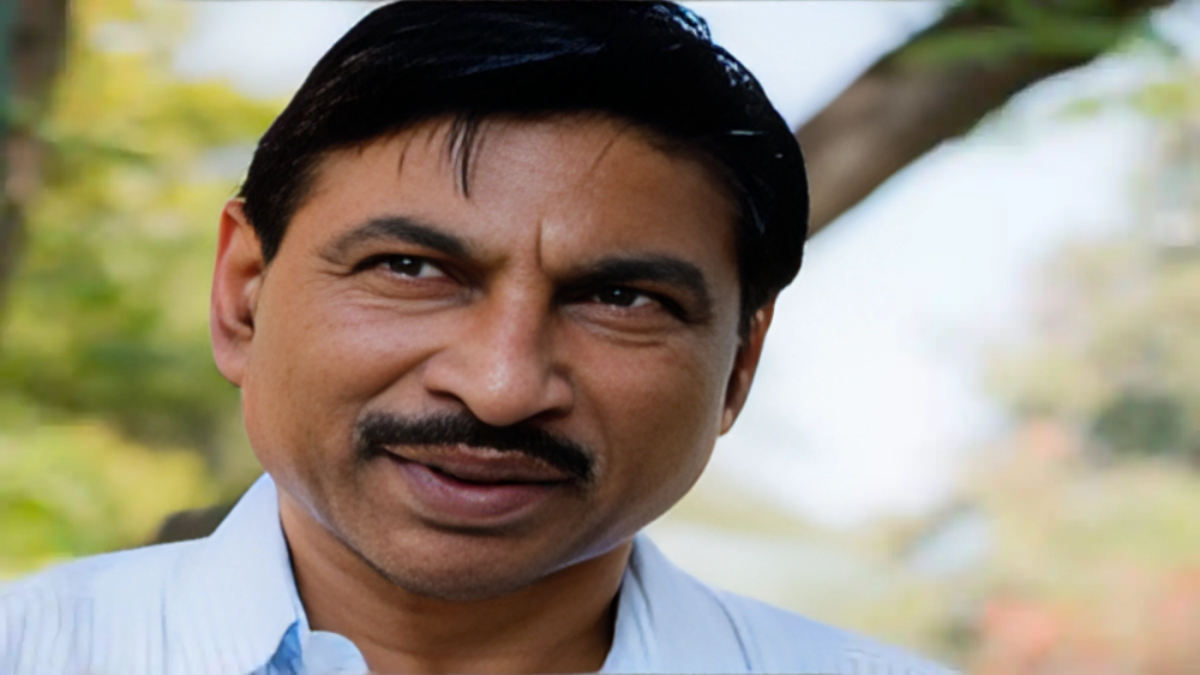KK Muhammed, the retired Regional Director of the Archaeological Survey of India (ASI), has expressed his opinion on the Gyanvapi-Shahi Idgah dispute. In an interview with IANS, the esteemed archaeologist stated that the disputed land should be handed over to the Hindu community as the only viable solution to this ongoing disagreement.
It is worth noting that KK Muhammed played a significant role in uncovering
crucial evidence related to the Ram Janmabhoomi. He strongly advocated for the
construction of the Ram Mandir and supported the notion that it should be built
on the site of the demolished Babri mosque. Additionally, he refuted any
theories that opposed the existence of the Ram Mandir.
Furthermore, KK Muhammed was a member of BB Lal’s team that conducted
excavations at the Babri Masjid in 1976. His expertise and involvement in such
significant archaeological endeavors have further solidified his position as a
respected authority in the field.
Now, the archaeologist has turned his attention to the Gyanvapi-Shahi Idgah
dispute. This particular disagreement revolves around the belief of five women
petitioners who are seeking permission to worship the idols of Maa Shringar
Gauri, Bhagwan Ganesh, Shri Hanuman, and Nandi, which are located within the
so-called Gyanvapi disputed mosque.
In 2022, a Shivling and Swastika symbols were discovered within the premises
of a structure in Varanasi. KK Muhammed has expressed his belief that religious
leaders should come together and transfer the ownership of the Gyanvapi and
Krishna Janmabhoomi structures to the Hindu community. According to him, Kashi,
Mathura, and Ayodhya hold immense significance for Hindus as they are closely
linked to the lives of Lord Shiva, Lord Krishna, and Lord Ram. He further
stated that Muslims do not have any emotional attachment to the mosques
constructed in these locations.
KK Muhammed on Ram Janmabhoomi excavation
“Even in the walls of the building, there were several depictions of Hindu
gods and goddesses that were defaced in many places. We could also find
terracotta statues of animals, females, warriors and several such materials,”
he said.
One of Muhammed’s team members was Jai Sree Ramanathan, wife of senior
Congress leader Jairam Ramesh.
“It was then that Prof Lal was forced to respond and the findings were
brought out to the public. Prof Irfan Habib was not an archaeologist and only a
historian and he had distorted ideas that led to a major polarisation among the
people. However, the crucial evidence was received after the Masjid was
demolished in 1992 and not during the excavation your team undertook in 1976,”
Mohammed said.
Muhammed corroborated the reports that Dr BB Lal did not want the findings
to be revealed to the public. According to him, communist historians led by
Prof Irfan Habib released press statements that Dr Lal and his team did not
find anything from the excavations.
He stated, “There was a Vishnuharishila inscription from the 12th
century found beneath the structure. Initially, critics claimed it was an
18th-century inscription, but they later retracted their statement. The
inscription clearly mentioned the story of Mahavishnu, who defeated Bali and
the man with ten heads. This indicates that the place belonged to Lord
Ram.”
Regarding the Ram Mandir, he expressed, “As a professional
archaeologist, I am delighted that a magnificent temple for Lord Ram has been
constructed in Ayodhya. An archaeologist’s identity is not defined by religion;
I am solely dedicated to my profession. I am genuinely pleased that years of
excavation and scientific research have yielded accurate results, leading to
the creation of a grand temple. This development brings me great joy.”

